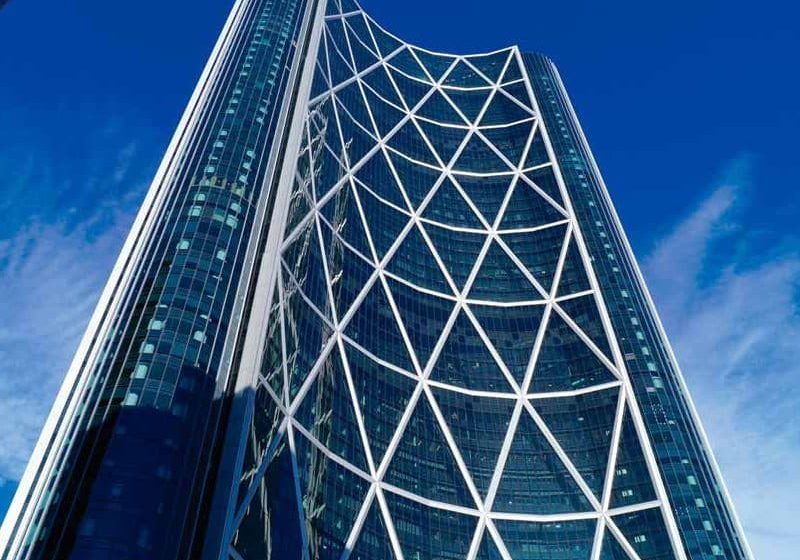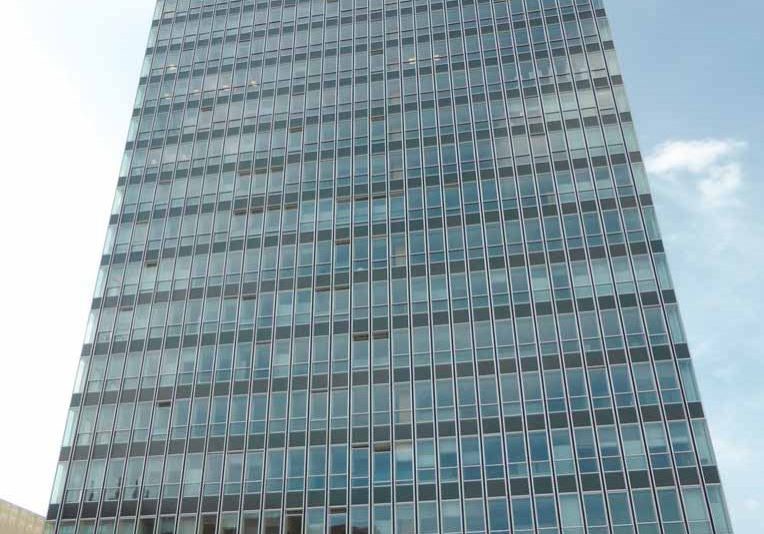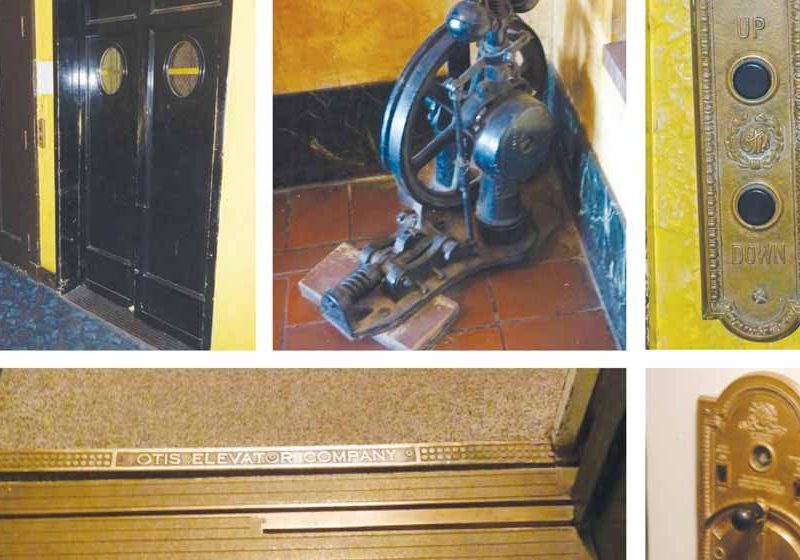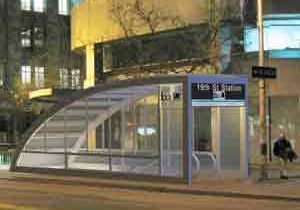Schindler Has High Hopes for New Solar Elevator
Sep 1, 2013
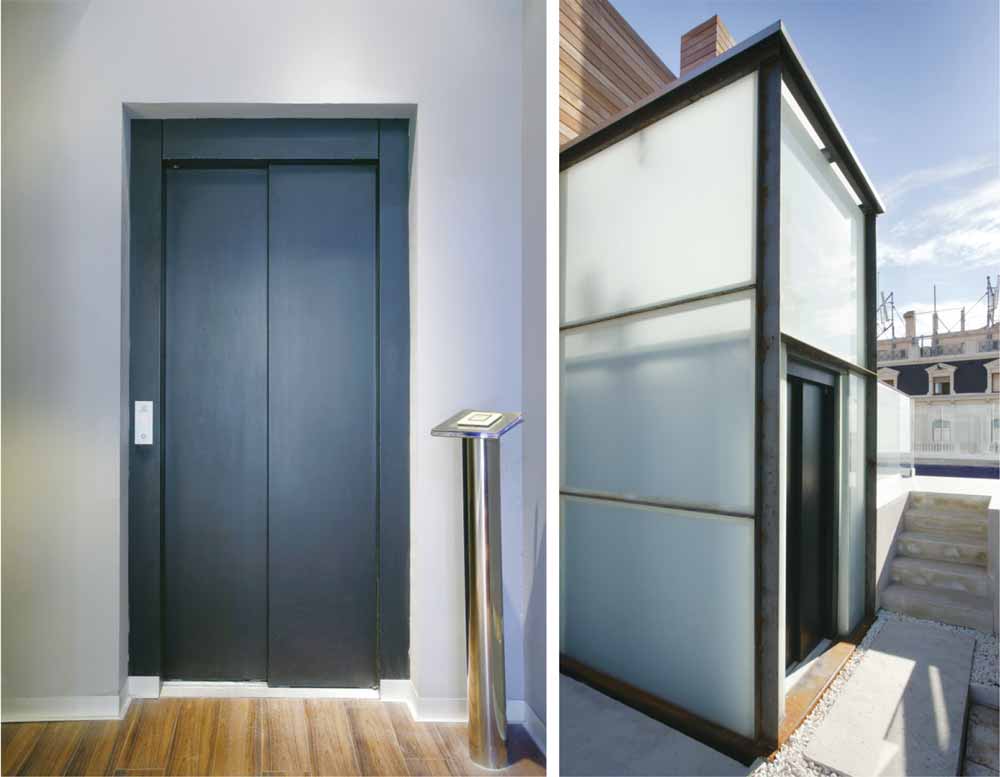
Schindler officials hope that a solar-powered elevator inspired by the much-ballyhooed, zero-fuel Solar Impulse plane on which it is a partner (ELEVATOR WORLD, September 2011) will become popular among customers who want to be environmentally conscious or avoid unreliable power service. The company unveiled its Solar Elevator, a modification of its standard 3300 gearless machine-room-less elevator, in April 2013. Geared toward the residential and low-rise commercial market, it is being introduced in Europe and India in 2013 and to other worldwide markets in 2014 and beyond. It is expected to be available to the U.S. market in 2015, and Washington, D.C–real estate firm Akridge has said it plans to install a solar elevator in one of its commercial buildings as soon as it is introduced.
Despite displaying Schindler’s advanced building information models for elevator and escalator planning at the American Institute of Architects Convention in Denver in June, it was the Solar Elevator that stole the show, according to Chris Smith, director of public relations and marketing at Schindler Elevator.
Frank Resch, Schindler’s director of R&D in Ebikon, Switzerland, said the idea to retrofit the Schindler 3300 into a solar elevator was born about five years ago. The 3300, according to the company, is already up to 60% more energy efficient than a hydraulic elevator. The hybrid system, meanwhile, draws up to 100% of an elevator’s power from the sun via rooftop solar panels and Schindler’s proprietary Hybrid Power Manager (HPM), which stores solar energy in batteries until it is ready to be used. A one-phase grid connection provides backup power, a simpler and less costly alternative to the standard three-phase connection. A frequency converter boasts a standby power mode, and the system has controls that automatically switch car lights to standby. Prototypes installed at a residential complex in Barcelona and the Schindler Headquarters in Ebikon are performing well, according to the company (EW, June 2013).
Schindler declines to say how much it invested to develop and bring the product to market. As far as how much it costs, that depends on factors such as range, solar coverage, payload and usage, Resch said. “Of course, yearlong sunny environments like California would be better suited for the product than say, Alaska, which has long, dark winters,” he said. “It also depends on what the customer wants – maybe he just wants it to bridge situations where power is expensive. There is a broad range of applications.”
Schindler has a tool that estimates coverage and cost based on an individual’s needs, Smith noted. The product carries what he described as a “slight premium” over the cost of the standard 3300, thanks to the battery system and HPM. “However, when you consider the energy costs over the span of the system into the total cost of ownership, the payback can amount to significant savings overall,” he said. The system also avoids costly power peaks that occur when elevators start each trip.
“I can tell you that the Solar Elevator was the number-one attraction at our booth,” Smith said. “It was generating a lot of buzz – we were very surprised.”
Since Schindler’s Solar Elevator uses the 3300 as the system’s base, it can travel as far as any other 3300. The solar elevator is suitable for up to 80% of the residential market, according to Schindler, with the ability to travel up to 30 m and make up to 10 stops. An installation’s details – payload, size of the solar-panel array, etc. – determine how close to 100% solar powered the system will be. On average, it travels at 1 mps, Resch said, “so it’s not a system where the performance is below our standard 3300 (powered by the grid). It’s got exactly the same performance criteria and speed payload.”
Installing the system would “obviously help someone hit goals” toward achieving Leadership in Energy & Environmental Design certification or something similar, he added. That promises to be a selling point in environmentally conscious western Europe, Resch said, and in parts of the U.S. Potential customers in India, however, will be interested in the product for different reasons, he said – namely, their interest in keeping elevators running despite sometimes poor power service, as the system can run independent from the power grid.
Schindler hopes solar elevators will become more desirable as the world population, especially in cities, grows. “Cities make up nearly 75% of the energy used globally, while covering only 2% of its footprint,” Smith said, quoting figures from the United Nations (UN). Other global trends reported by the UN that could dovetail with demand for solar power include:
- About 2.5 billion people are expected to be added to the current 7 billion within the next 15 years, representing a 35% increase.
- More than 60% of citizens will move to major cities in the next 15 years.
- Modern urban planners will be looking for new ways and new products that move more people in less time, with greater ease, using less energy.
- Smarter cities demand new innovations for energy-saving and reliable mobility technologies.
With all that potential demand, is a solar-powered escalator in the works? Not right now, Resch said. “The focus is clearly on the elevator market and on the volume and the benefits we think we can get with the applications,” he said. “On other hand, since the drive technology on an escalator is not any different, that’s something we may consider later on.”
Get more of Elevator World. Sign up for our free e-newsletter.


